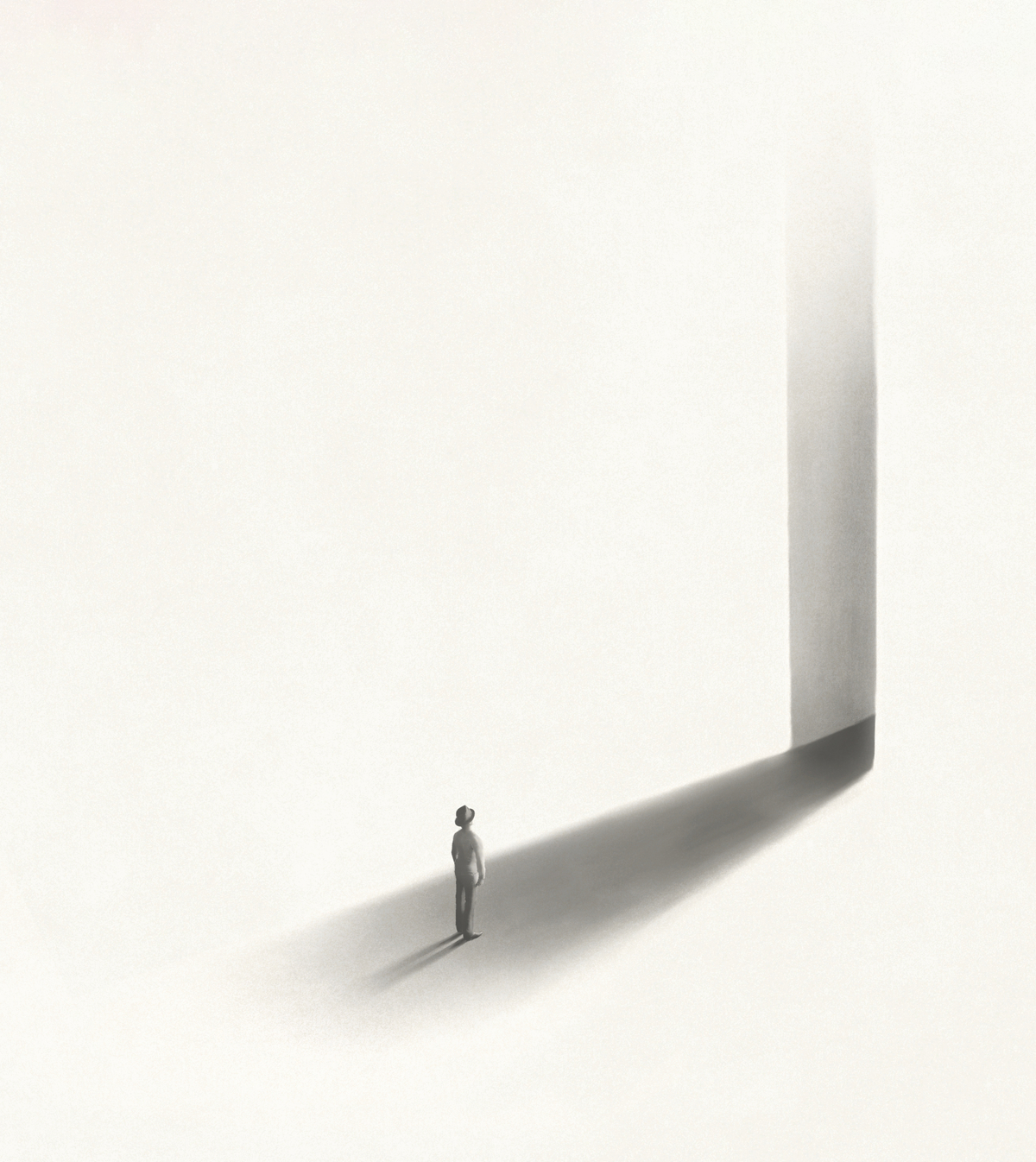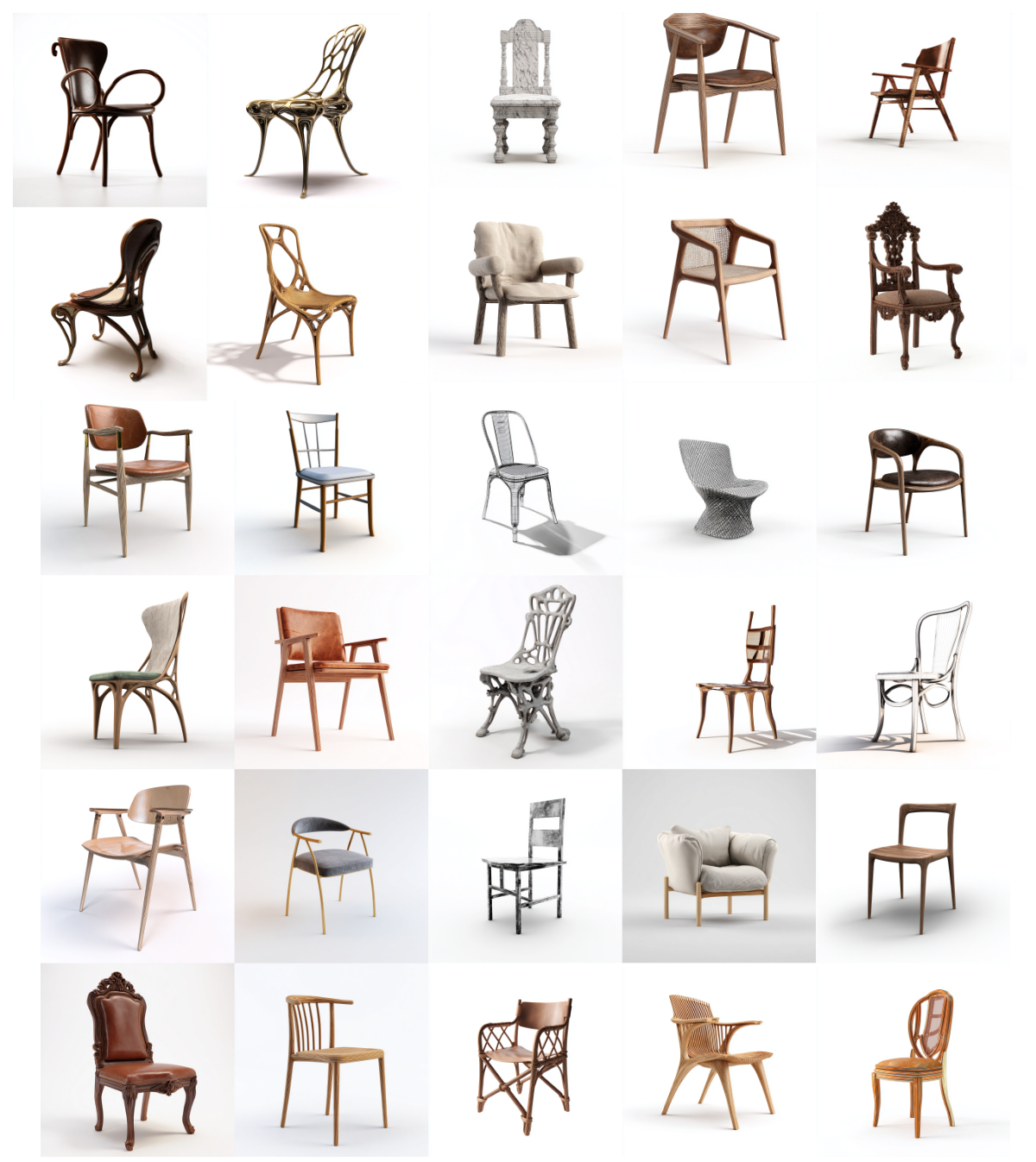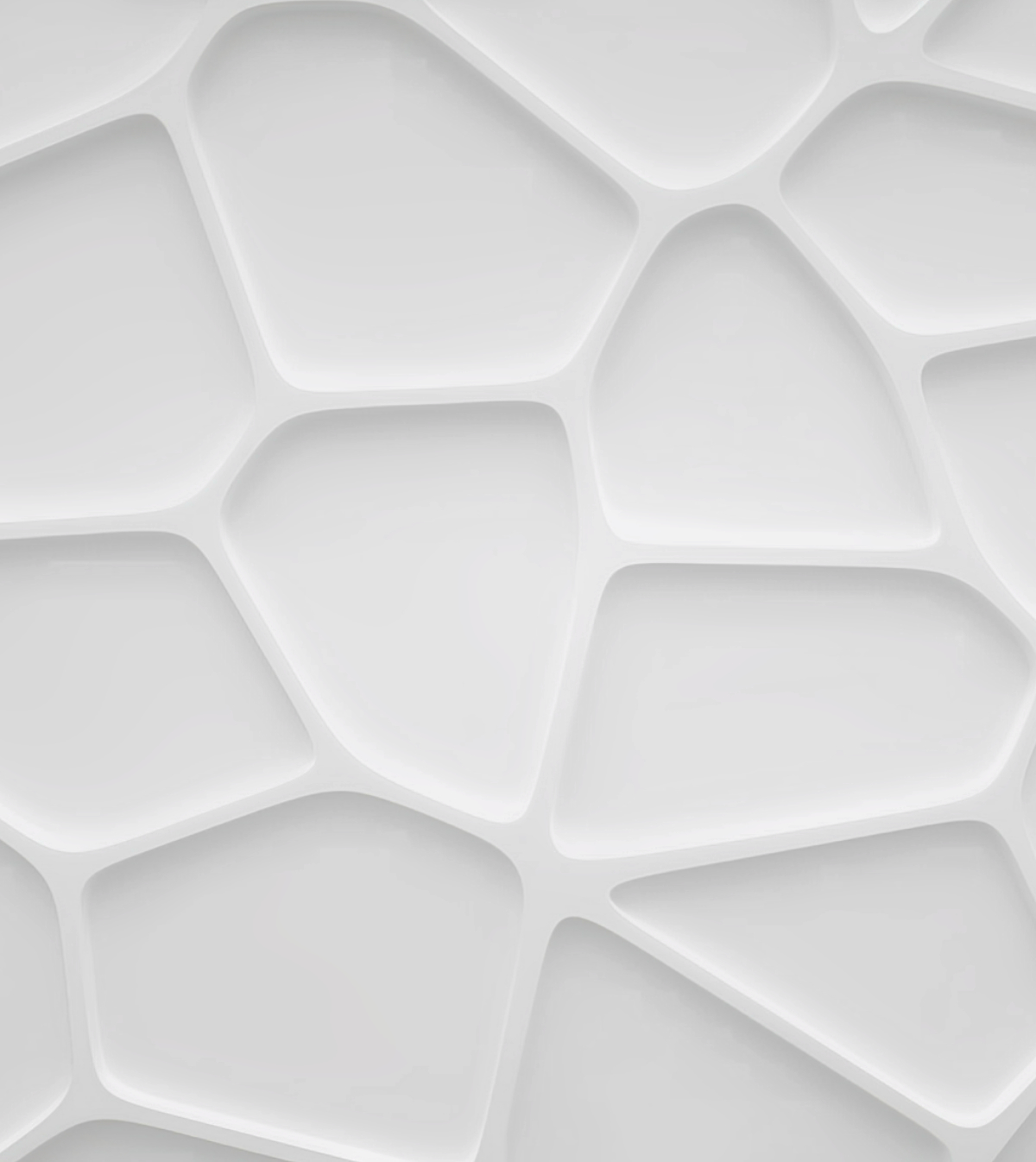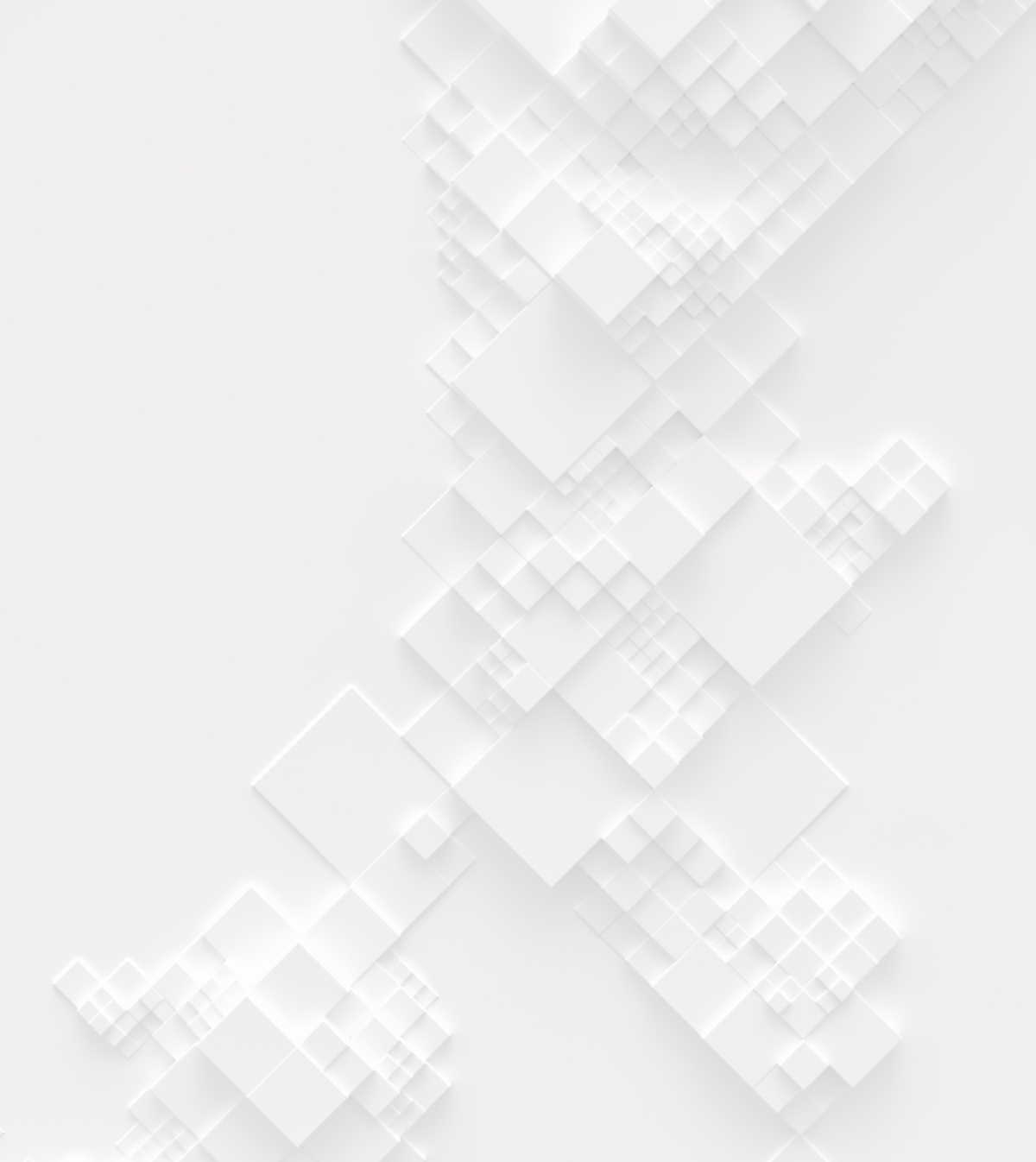We’d like to take the opportunity to introduce you to the Honorable mention winners of our "Architectural Visualization Award / Edition #2" competition – Cason Micallef and Liam Fujita from Brazil!

Matheus Rudo Oliveira
Please tell us about your company (when it was founded, where it is based, how many employees, etc) Alternatively, if you do not have a company, please give us some insights on your own professional/academia background.
Matheus Rudo Antoniassi Pereira de Oliveira is a devoted student of architecture and urbanism at the University of Brasília, located in the Federal District, the capital of Brazil. His passion notably spans urbanism, urban drainage, historical heritages, architecture of Far East Asia, and architectural visualization. Matheus' professional journey has been shaped through a series of enriching experiences, including his role as a web designer for Sistema Novo in 2013, graphic designer for RedZero in 2015, and an assistant in architectural drawing at Senai in 2017. His enthusiasm for architecture and urbanism was demonstrated in projects such as "The Corner of Everyone: the socio-ecological urban design of Dorothy Stang by the hand of its occupants" through the model office (CASAS) in 2019, and the research project "Evaluation of existing structures at the National Theatre of Brasília" in 2020.
With a diagnosis of Autism Spectrum Disorder (Asperger's Syndrome) and giftedness, Matheus is a testament to the boundless potential that lies in passion, education, and continuous dedication to learning and personal and professional growth.
Brief information about the projects that you/your company have been involved with. For instance, what scale have you focused on/preferred, any significant projects where the company/ individuals have been Involved?
Based on Matheus Rudo Antoniassi Pereira de Oliveira's extensive involvement in various projects, it's evident that a blend of technology, traditional architectural practices, and urban planning forms the core of his project engagements. The projects range from exploring traditional architectural systems, such as the comparative analysis between Chuandou and Frontal vernacular construction techniques of Asia and Brazil, to employing gamification and artificial intelligence in architectural conception. Significant projects include the socio-ecological urban design of Dorothy Stang, evaluating the existing structures of the National Theater of Brasília for historical preservation, and exploring post-pandemic regional development strategies.
Matheus's work often intersects modern computational tools with traditional architectural frameworks, aiming to both preserve historical architectural heritage and advance contemporary architectural practices. His endeavors also extend to the realm of urban furniture design employing parametric modeling and digital fabrication, reflecting a broader interest in enhancing urban spaces.
Incorporating gamification into architectural education is a distinctive aspect of Matheus Rudo Antoniassi Pereira de Oliveira's diverse project engagements. Through the game Architecture Zeitgeist, Matheus creatively employs gamification to foster an interactive learning environment for budding architects. The game facilitates a deeper understanding of architectural concepts by offering a platform where players can experiment with architectural designs, interact with different materials, and visualize structures in a virtual space, bridging the gap between theoretical knowledge and practical application. This innovative approach reflects a broader objective of integrating modern computational tools with traditional architectural education to enhance learning experiences and better prepare students for the evolving demands of the architectural profession. Through Architecture Zeitgeist, Matheus not only introduces a fun, engaging way to learn architecture but also opens a dialogue on how digital platforms can be leveraged to advance architectural education in the contemporary era.
Additionally, his involvement in the post-pandemic regional development project signifies a focus that extends beyond individual buildings to encompass broader urban and regional scales. These projects collectively demonstrate a preference for integrating advanced technological tools with traditional architectural and urban design practices to address contemporary challenges and contribute to the social, economic, and cultural fabric of urban environments.
What does architecture mean to you and what is the role of an architect in your society?
Architecture, to me, embodies a harmonious blend of tradition, innovation, and social responsibility. It's a realm where historical architectural practices intertwine with modern technological advancements to foster environments that resonate with cultural, social, and ecological consciousness. The role of an architect in my society extends beyond merely designing structures. It's about bridging the past with the present, preserving historical heritage while propelling contemporary architectural practices forward.
In essence, an architect, from my perspective, is a custodian of both the past and the future, entrusted with the task of crafting spaces that are not only visually captivating but also socially relevant and ecologically sustainable. Through a mindful integration of advanced technological tools with traditional architectural and urban design practices, I aspire to contribute significantly to the social, economic, and cultural fabric of urban environments, embodying the evolving essence of architecture in the modern era.
Why do you participate in architecture competitions?
To me, participating in architecture competitions is a conduit for innovation, learning, and professional growth. They provide a platform to explore new design paradigms, confront contemporary challenges, and engage with diverse architectural ideologies. Through competitions, I delve into uncharted territories of architectural and urban design, aligning with my ongoing exploration of blending traditional practices with modern technological advancements.
Competitions foster a competitive yet collaborative environment that propels not only my own professional development but also contributes to the broader architectural discourse. They offer an opportunity to receive constructive criticism from esteemed jurors, engage with a community of forward-thinking professionals, and showcase my ideas on prestigious platforms. This interaction and exposure are instrumental in refining my design sensibility and expanding my professional network.
In essence, my participation in architecture competitions reflects my dedication to pushing the boundaries of traditional architectural practices, exploring contemporary urban challenges, and striving for a symbiotic relationship between the past, present, and future in architectural and urban discourse.
What advice would you give to individuals who struggle to decide whether it would be beneficial for them to participate in architecture competitions?
Engaging in architecture competitions can be a transformative endeavor. It provides a platform to confront new design challenges, refine skills, and gain exposure in the architectural community. For those struggling with the decision to participate, it's pivotal to reflect on your professional and personal aspirations.
Firstly, competitions provide an invaluable opportunity to innovate and explore architectural and urban design solutions beyond the constraints often faced in traditional practice.
Secondly, they foster a competitive yet nurturing environment conducive to learning and professional growth. Through my extensive involvement in various architectural projects, I've found that a competitive setting often accelerates learning, provides diverse perspectives, and nurtures innovative thinking. Competitions encapsulate this essence, offering a platform to receive feedback from esteemed professionals, engage with a community of like-minded individuals, and benchmark your skills and ideas against a broader professional landscape.
Additionally, the thematic diversity in competitions resonates with the multifaceted nature of architecture and urban design. If you have a wide range of interests, as evidenced in my work ranging from gamification in architectural conception to urban furniture design, competitions can provide a unique avenue to explore these varying facets of architectural practice.
Lastly, participation can significantly expand your professional network and portfolio, showcasing your capabilities to a broader audience. The recognition and constructive criticism received can be instrumental in opening doors to new opportunities and collaborations.
In summary, I'd advise reflecting on what you aim to achieve professionally and personally. If you're inclined towards innovation, continuous learning, and expanding your network, architecture competitions could be a significant stepping stone in your architectural journey.
Top 3 Reasons Why You Should Enter Architecture Competitions
Curious about the value of architecture competitions? Discover the transformative power they can have on your career - from igniting creativity and turning designs into reality, to gaining international recognition.
Learn more



























